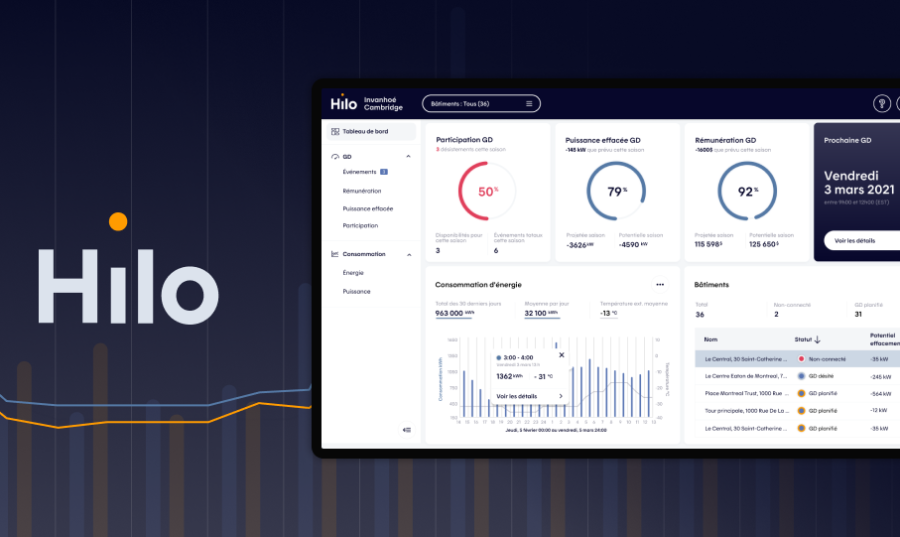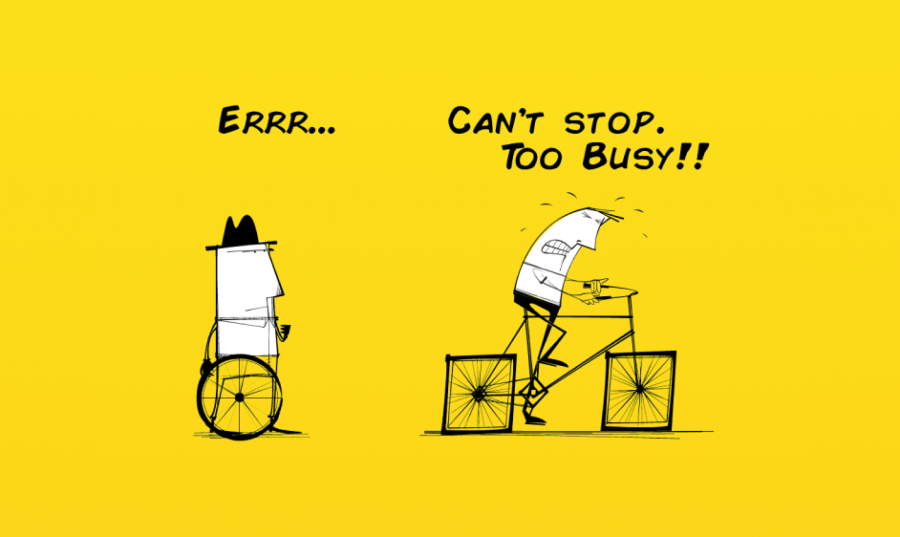Here are the best practices for effective communication in product design collaboration. Learn the techniques you need to improve your communication skills.
Have you ever been part of a UX design team that struggled to communicate effectively with one another? Well, I do, and not only once. I know firsthand about this common problem that leads to frustration, misunderstandings, and missed deadlines. In fact, basic communication skills are often overlooked by teams working in agile mode, where the focus is on quickly iterating and delivering work.
In fact, clear and concise communication can make or break a project and directly impacts the end product’s usability and user experience. I was once part of a team that could have communicated more effectively despite following design thinking processes. Which resulted in delayed deliverables and a bad user experience. Some departments were working in silos, while others were not getting the support they needed to complete their tasks. This lack of collaboration and communication created a toxic work environment and low team morale.
In this article, I will share my learning and explore the best practices for effective communication in product design collaboration. We’ll discuss the impact of poor communication on UX design outcomes and the importance of establishing clear communication channels within teams.
Let’s avoid the pitfalls of poor communication and create a productive and collaborative work environment.
This article will cover the following points:
- Understanding Communication in UX Design Collaboration
- Best Practices for Effective Communication in UX Design Collaboration
- Strategies for Overcoming Communication Challenges
Understanding Communication in UX Design Collaboration
Effective communication is the ability to share ideas, feedback, and insights with your team members and stakeholders in a clear, concise, and easily understood way. It’s about listening actively, responding thoughtfully to others’ ideas and concerns, and building trust and rapport with your team members.
Key Factors That Influence Communication Effectiveness
Here are some key factors that influence communication effectiveness in UX design collaboration:
- Active Listening: This means paying attention to what others say, asking clarifying questions, and responding thoughtfully. It’s important to avoid interrupting others and to give them space to express their ideas.
- Shared Vocabulary: Establishing a shared language and terminology among team members is crucial to ensure everyone is on the same page. This helps to avoid misunderstandings and confusion.
- Clear and Concise Language: Using simple, direct language that is easy to understand can help ensure your message is conveyed clearly and effectively. Avoid using jargon or technical terms that others may not be familiar with.
- Empathy: Empathy for your team members and stakeholders means understanding their perspectives and concerns and responding in a respectful and supportive way.
Benefits of Effective Communication for UX Design Outcomes
So, what are the benefits of effective communication for UX design outcomes? First and foremost, it helps ensure everyone is aligned around a common vision and goal.
Effective communication also helps build trust and rapport among team members, leading to better collaboration and more effective problem-solving. Moreover, it can help surface potential issues or roadblocks early on, saving time and resources in the long run.
Best Practices for Effective Communication in UX Design Collaboration
Whether you’re working with a small team or a large organization, the following best practices will help you build better products and deliver a great user experience.
Use Clear and Concise Language
- Use simple and direct language to avoid ambiguity and misunderstandings.
- Avoid technical jargon that may only be understood by some stakeholders.
- Use visuals, sketches, and prototypes to help convey your ideas.
Be Open to Feedback and Critique
- Encourage team members to share their opinions and ideas.
- Listen actively and consider different perspectives.
- Use feedback to improve your designs and processes.
Clarify Assumptions and Expectations
- Identify and clarify assumptions and expectations early on in the project.
- Document and share the project scope, goals, and objectives
- Discuss any constraints or limitations that may impact the project.
Create a Shared Vocabulary
- Establish a common language and terminology to help communicate effectively.
- Create a style guide to ensure consistency across all design elements.
- Provide examples and reference materials to help team members understand design concepts.
Choose the Right Communication Tools
- Select the appropriate communication tools based on the needs of the project and team.
- Use video conferencing, instant messaging, and email to stay connected and share updates.
- Consider using collaborative design tools like Figma or Miro to facilitate real-time collaboration.
Establish Regular Check-ins and Meetings
- Schedule regular check-ins and meetings to keep everyone informed and aligned.
- Use agendas and action items to keep meetings focused and productive.
- Be flexible and adjust the meeting frequency as needed.
Document Decisions and Rationale
- Record and document design decisions and the rationale behind them
- Share documentation with the team to ensure alignment and understanding
- Use documentation to facilitate future discussions and decision-making.
Foster a Culture of Collaboration
- Encourage a culture of collaboration and teamwork.
- Celebrate successes and learn from failures.
- Encourage open and honest communication, respect, and trust among team members.
By following these best practices, you’ll be able to establish effective communication and collaboration with your team, resulting in better UX design outcomes and a more successful product launch.
Strategies for Overcoming Communication Challenges
Effective communication is critical to success, but challenges can hinder the process. Here are some common communication challenges and the strategies for overcoming them.
Common Communication Challenges in UX Design Collaboration
- Different perspectives and opinions
- Misaligned expectations
- Limited availability or accessibility of team members
- Language and cultural barriers
- Technical jargon and complex language
Strategies for Addressing and Overcoming These Challenges
- Foster a culture of open communication and trust
- Establish clear communication protocols and expectations
- Use visual aids and design documentation to clarify concepts and ideas
- Provide regular feedback and constructive criticism
- Use plain language and avoid technical jargon
- Embrace diversity and multiculturalism in the team
Examples of How Effective Communication Can Overcome Barriers and Drive Better Results
- Collaborating with remote teams by leveraging communication tools and platforms, such as video conferencing, screen sharing, and instant messaging
- Conducting regular check-ins and stand-up meetings to ensure alignment and progress tracking
- Documenting design decisions and rationale to ensure consistency and transparency
- Encouraging and valuing feedback and input from all team members, regardless of seniority or position
- Embracing diversity and multiculturalism to promote empathy and understanding of different perspectives and experiences
By adopting these strategies and approaches, UX design collaboration teams can overcome communication challenges and drive better results. Effective communication promotes teamwork, alignment, and a shared understanding of project goals, ultimately leading to more successful outcomes.
Conclusion
As UX designers, we should prioritize clear and concise communication throughout the design process. This will ensure everyone is aligned on the project goals, requirements, and deliverables. By utilizing best practices such as active listening, using visual aids, and providing regular updates, we can overcome communication challenges and drive better UX design outcomes.
Remember, communication is not just about conveying information. It is also about building relationships and establishing trust with team members and stakeholders. By cultivating a culture of open communication, empathy, and collaboration, we can create an environment where everyone feels heard and valued, leading to more innovative and profitable products.
As UX designers, we are responsible for continuously developing our communication skills, whether through reading books and articles, attending training programs, or seeking feedback from colleagues and clients. Let’s prioritize effective communication in our work and continue to drive better UX design outcomes for our users and clients.



